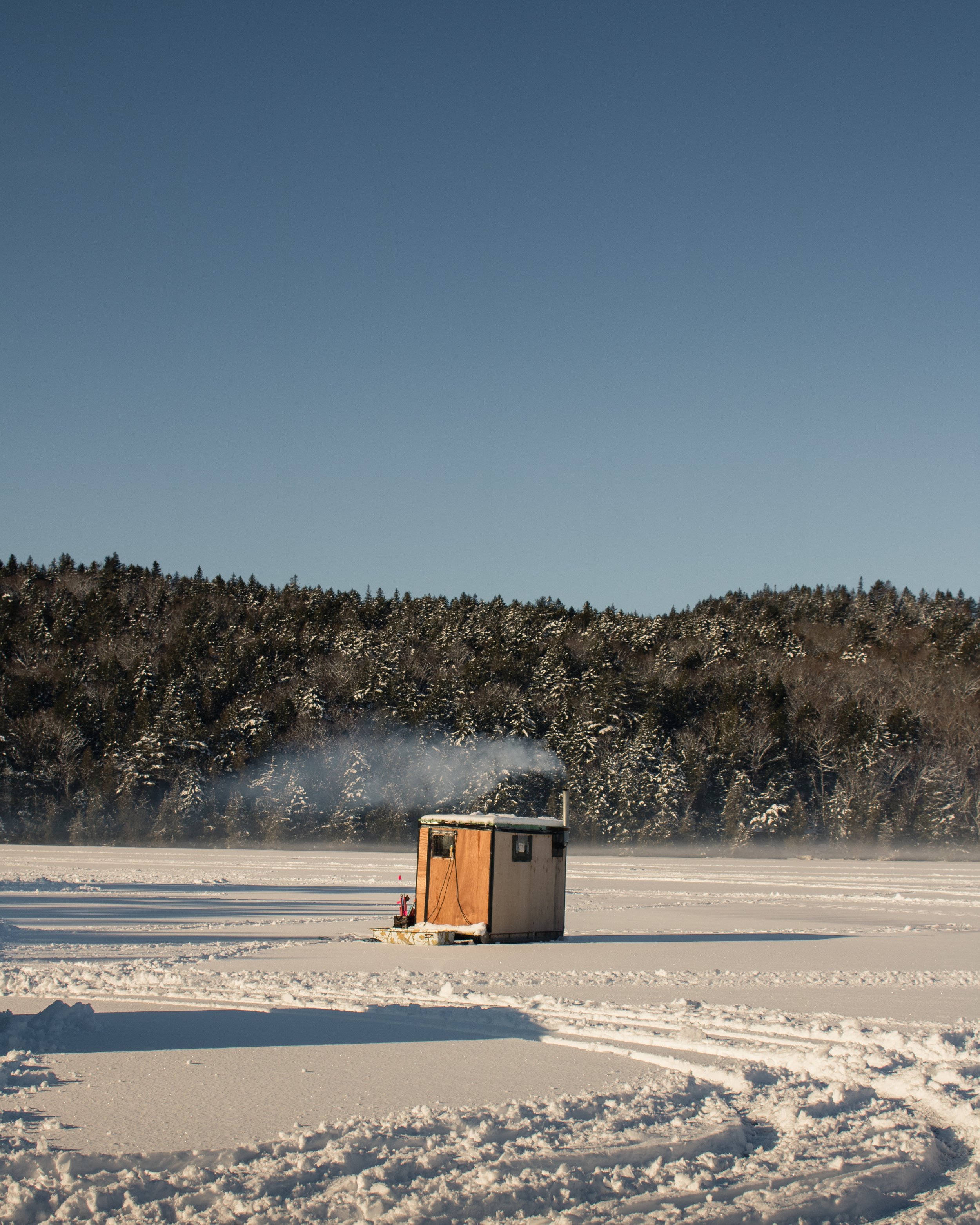Top 7 Ice Tips: Don’t Let Them Slip Your Mind
Photo by Adam Bixby on Unsplash
The weather outside may be frigid, but your activity level doesn't have to freeze. But before you head to the water for some frosty fun, make sure that you know how to stay safe by reading our top 7 ice tips:
Ice tip #1: Treat all ice as unsafe
If you are unsure about the ice conditions, don’t go on the ice! It is your responsibility to know about the ice conditions (such as the type of ice and how thick it is). Not knowing can be fatal.
Ice tip #2: Know what to do if you or someone else falls through
Before heading out on the ice, you should always know what to do if you or someone else falls through. If someone falls through the ice, quick action is key.
If you fall through the ice:
Call out for help
Float on your stomach and reach forward onto the broken ice.
When you find some solid ice cover, kick your legs and push your torso onto the ice
Once your torso is on the ice, crawl on your stomach or roll away from the open area with your arms and legs spread out as far as possible to evenly distribute your weight.
Look for shore and crawl towards it.
If possible, get into a heated vehicle or building as soon as possible and change into dry clothes.
Call for help and medical treatment
If someone else falls through the ice:
Call for help
Determine if you can get help from trained professionals like police, firefighters, or water rescue teams quickly
Alert bystanders to the situation
Do not immediately walk towards the area where the person fell through
Find something for the person in trouble to reach out and grab, like a pole, weighted rope or line
If you can reach the person using a long pole or branch from shore, lie down and extend the device to the person
If you must go out onto the ice to reach the person, wear a personal floatation device, and carry a pole or branch to test the ice in front of you.
When you are near the area that the person fell through, lie down to distribute your weight and crawl towards them while remaining as far from the weak ice as possible.
Remain low, extend or throw your rescue device
Have the person kick while you pull them out
Help the person to a safe area on shore, or where the ice is thick enough.
If possible, get into a heated vehicle or building as soon as possible and change into dry clothes
Call for help and medical treatment
Photo by Cassie Matias on Unsplash
Ice tip #3: Know where you are going and tell someone before venturing out
Before venturing out, let someone know where you’re going, who is with you, and what time you expect to be back. That way, if things go wrong, emergency crews will know where to look. Ensure that your cell phone is fully charged beforehand. Bonus points if you have regular check-ins.
You may be going on an adventure that will have limited or no cell phone service. In that case, you should be prepared by bringing a GPS satellite phone. For places with patchy service, consider downloading the app what3words.
Ice tip #4: Know the ice type
There are two main types of ice: white ice and clear (or black) ice. White ice has many air pockets in it, making it look white. Avoid white ice as the air pockets make the ice weak and unstable.
Clear or black ice has fewer air pockets, so it’s much stronger. Keep off of rivers and creeks as these areas take much longer to freeze than lakes.
Ice tip #5: Know the ice thickness
Ice thickness is not the same everywhere. Ice thickness will vary depending on a number of things, such as how deep and big the lake is, water currents and movement, the time of year, and many other factors.
Make some test holes with an ice auger to help assess the ice conditions (like the ice type and thickness).
But how do you know when the ice is thick enough for your desired activity?
The guide below will give you an idea of what sorts of activities can be done on ice of varying thickness. This guide applies to clear or black ice. If there is white ice where you are, double the thickness requirement to be safe.
Image: Meaghan Callon
If you don’t have an ice auger or spud bar to check the ice thickness yourself, not to worry! Call a local ice fishing hut operator to ask for the local ice conditions.
Knowing where and where not to go, the type of ice, and the ice thickness is just the tip of the iceberg (pardon the pun). If you’re not getting cold feet about stepping onto the ice, read on. (And if you are nervous, you should keep reading too. Knowledge is power!).
Ice tip #6: Bundle up
Out on the ice, there are no breaks from the wind, so bust out the layers and windbreakers. Even in overcast weather, don’t forget to cover your face and wear sunglasses. The snow and ice act as a mirror, and will reflect the sunlight up into your eyes and onto your face. Any exposed skin can get frostbite, windburn, and even a sunburn.
Photo by Clay Banks on Unsplash
Ice tip #7: Gear up
You don’t need to break the bank if you want to venture onto the ice. However, having some extra safety gear is always good practice.
Here are some examples of safety gear:
Floatation suit/personal floatation device
Ice cleats
Ice safety picks
Throw bag with floating rope
GPS Satellite phone
As you gear up for your icy adventures, remember that knowledge and preparation are your greatest allies. Stay safe, stay warm, and make unforgettable memories.





